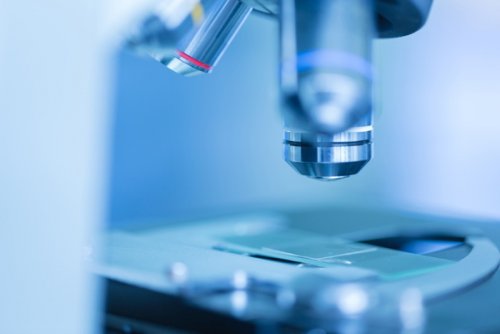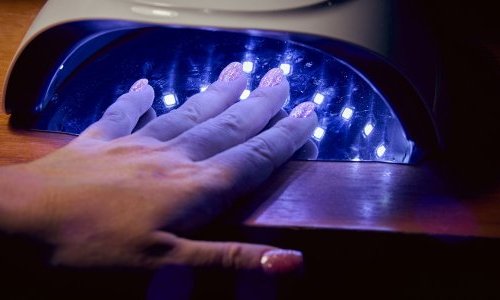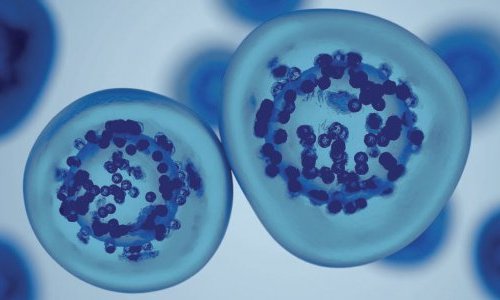Tissue engineering keeps improving
What is the objective of tissue engineering? Developing skin substitutes to maintain, repair, enhance, or replace damaged tissue on patients. Several approaches coexisted over the years, and it is now possible to obtain better and better-performing skin substitutes.
“We already have functional microvascularized models, and we are also working on models to which the lymphatic system was introduced. It is a challenge for our team, because few studies were conducted in this field, and the lymphatic system is very complex to structure in a functional way,” explains Laure Gibot, of Toulouse’s Institute of Pharmacology and Structural Biology in the south of France.

3D printing is undeniably revolutionizing tissue engineering. Photo: © Paradise Picture / shutterstock.com
As for Alain Colige, of the Laboratory of Connective Tissues Biology at the University of Liège, Belgium, he has been working on materials based on chitosan nanofibres. “Chitosan nanofibres guarantee a large specific area and their properties are close to human skin’s.”
Other methods also involve electrospinning, as Frédéric Bossard, of the Joseph Fourier University of Grenoble, France, explains.
Skin bioprinting, a revolution in progress
Nevertheless, the field that is really revolutionizing tissue engineering is undeniably 3D printing. “It is just the beginning, as we must solve reproducibility issues,” explains Colin McGuckin, of CTiBiotech.
Still, Christophe Marquette, Coordinator of the 3DFab platform, has worked with Amélie Thépot, CEO of LabSkin Creation, to obtain a bioprinted skin model. “The technique makes it possible to reduce the culture time by half, from 50 to 21 days, but also to get an undulated dermo-epidermal junction [1], which cannot be done with the usual tissue engineering techniques. We are now able to print all skin layers, even if the epidermis is harder to obtain.” The bioextrusion technique uses a patented bioink and prints 1cm3 of skin in less than two minutes: an outstanding performance and first achievements that will no doubt pave the way for others.




























